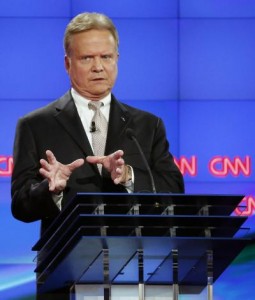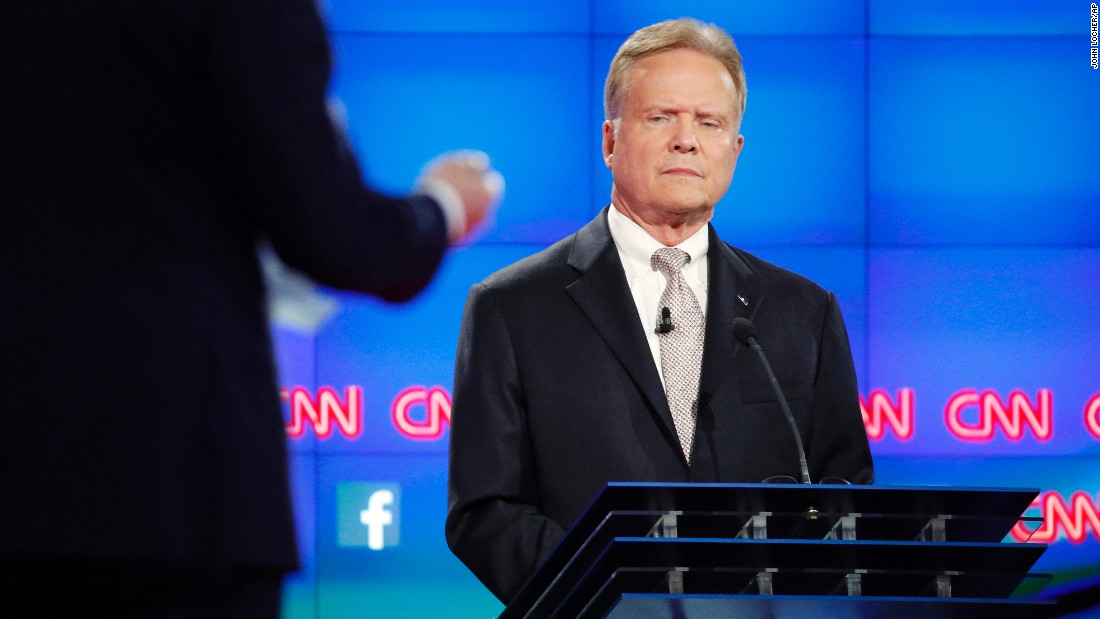 Las Vegas, Oct. 14 – This year our nation celebrates the 50th anniversary of the Civil Rights Act. This landmark legislation has opened opportunities for all individuals to more openly participate in society, including access to employment. There is one population, however, that continues to remain unemployed and underemployed at greater rates than other populations – people with disabilities. In order to initiate more hiring and employment opportunities in the federal government, the Obama Administration implemented several requirements, including:
Las Vegas, Oct. 14 – This year our nation celebrates the 50th anniversary of the Civil Rights Act. This landmark legislation has opened opportunities for all individuals to more openly participate in society, including access to employment. There is one population, however, that continues to remain unemployed and underemployed at greater rates than other populations – people with disabilities. In order to initiate more hiring and employment opportunities in the federal government, the Obama Administration implemented several requirements, including:
- Executive Order 13548 requires all federal agencies to develop plans for promoting employment opportunities for individuals with disabilities, including performance targets and numerical goals;
- Implementation of new Section 503 Regulations requiring covered federal government contractors to take affirmative action to employ and advance in employment qualified individuals with disabilities;
- The Vietnam Era Veterans’ Readjustment Assistance Act (VEVRAA), requiring covered federal government contractors to take affirmative action to employ and advance in employment specified categories of veterans, including disabled veterans.
But do the presidential candidates support such policies? So far, only one candidate, Sen. Jim Webb, has been asked about affirmative action. In the first Democratic debate, when asked if he supports it overall, Webb said “no.”
“I believe that I am where the Democratic Party traditionally has been,” Webb said. “The Democratic Party, and the reason I’ve decided to run as a Democrat, has been the party that gives people who otherwise have no voice in the corridors of power a voice. And that is not determined by race. And as a clarification, I have always supported affirmative action for African Americans. That’s the way the program was originally designed because of their unique history in this country, with slavery and the Jim Crow laws that followed. What I have discussed a number of times is the idea that when we create diversity programs that include everyone, quote, ‘of color,’ other than whites, struggling whites like the families in the Appalachian mountains, we’re not being true to the Democratic Party principle of elevating the level of consciousness among our people about the hardships that a lot of people who happen to be have — by culture, by the way.”
So we now know that Webb is against affirmative action. But his fellow contenders for the nomination are not yet on the record. And is it even good for people with disabilities?
Today, only 30 percent of working-aged Americans with disabilities are in the workforce, compared to more than 70 percent of those without disabilities. Indeed, while women, African Americans, and other minorities have made significant progress in breaking the glass ceiling in employment, people with disabilities have not. So the federal government is trying to support the efforts of people with disabilities who want to get jobs and get off of government benefits. Several programs are in place to achieve this.
Workforce Recruitment Program: The Workforce Recruitment Program (WRP) is a recruitment and referral program that connects federal and private sector employers nationwide with highly motivated college students and recent graduates with disabilities who are eager to prove their abilities in the workplace through summer or permanent jobs. The U.S. Department of Labor’s Office of Disability Employment Policy (ODEP) and the U.S. Department of Defense’s Office of Diversity Management & Equal Opportunity (ODMEO) manage the program, which continues to be successful with the participation of many other federal agencies and sub-agencies. Since the program’s expansion in 1995, more than 6,000 students and recent graduates have received temporary and permanent employment opportunities through the WRP. In 2011, the Office of Personnel Management (OPM) highlighted the WRP as a model strategy in its guidance to federal agencies regarding the recruitment and hiring of people with disabilities in response to Executive Order 13548. It’s a pipeline of talented individuals with disabilities who are ready for hire.
Project SEARCH: Another model is that the National Institutes of Health (NIH) and the Smithsonian Institution are hosting Project SEARCH programs that enable a cadre of young adults with disabilities to get the training they need to succeed in the workplace. These programs utilize supports from vocational rehabilitation and schools to create win-win-win programs:
- Government agencies develop an untapped talent pipeline,
- People with disabilities participate in on-site apprenticeships that can prepare them for good jobs, and
- Taxpayers save money as fewer government benefits are needed.
Several states including Delaware, Washington State and Minnesota have used affirmative action hiring of people with disabilities to both access talent and reduce government benefits. At the same time, Montgomery County Maryland passed such affirmative action with 80 percent of the vote in a ballot initiative. Fully 52 percent of people with disabilities in Montgomery County are employed, compared to the national average of 30 percent. Montgomery County situated directly next to Washington, D.C., also benefits greatly from government affirmative action since many government offices are headquartered in the county.
Still, RespectAbility has been leading a “Jackie Robinson Strategy.” Jackie Robinson was an African American baseball player who integrated the major leagues. His talent and demeanor on the field and off was win-win for his employer. Because of his success, all the teams wanted to integrate so that they had the best talent available. Transferring this strategy to the disability community highlights the benefits of hiring people with disabilities who can be extremely loyal, innovative and talented workers. The private sector, including leading companies such as E.Y., Walgreens, Starbucks, AT&T, WellsFargo and others offer some helpful models that demonstrate that hiring people with disabilities directly benefits the bottom line.
For example, Ernst and Young has found inclusive hiring to be a winning ticket. Starting with its founder, Arthur Young, EY always has embraced differing abilities. Trained as a lawyer, Young was deaf with low vision and he wasn’t able to comfortably practice. He turned to finance and the new field of accounting to build his career. His “disability” drove him to innovation and entrepreneurship, which played a pivotal role in the development of EY. Finding and engaging diverse talents has been a key part of EY’s ongoing success. As a public service they offer many online free tools.
Malcolm Gladwell’s book, David and Goliath, extols the strength of people with disabilities. Because traditional ways of doing things don’t always work for people with disabilities, Gladwell demonstrates that they can compensate in ways that benefit the workforce by developing incredible ways to innovate and succeed. All organizations can use more innovative thinkers. So do people with disabilities need affirmative action or not? Can using both affirmative action plus a “Jackie Robinson Strategy” jumpstart people with disabilities’ progress into the workforce and out of poverty and dependency?
As the presidential campaign season heats up, the candidates may have an opportunity to weigh in on this important issue.

Be First to Comment